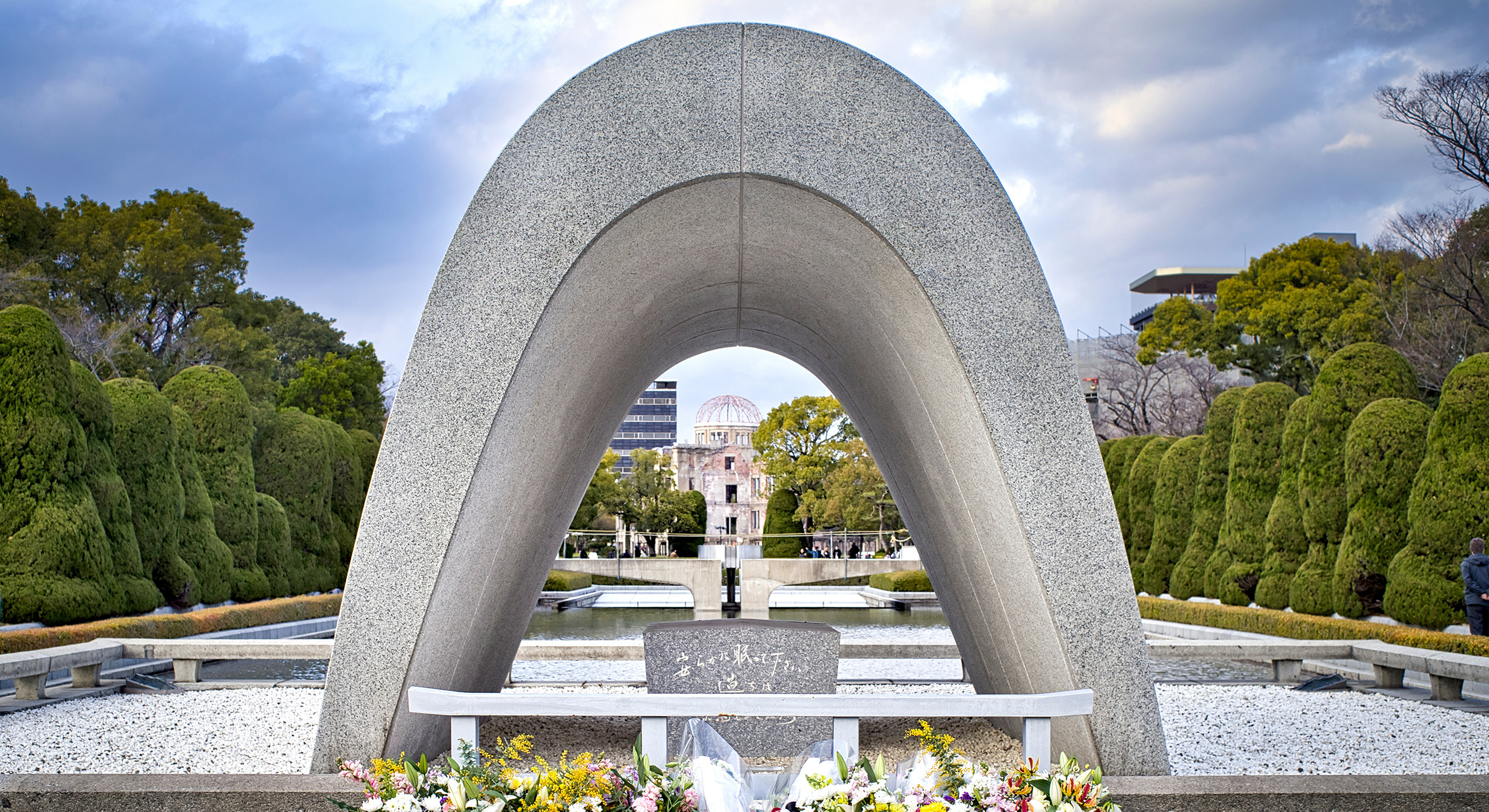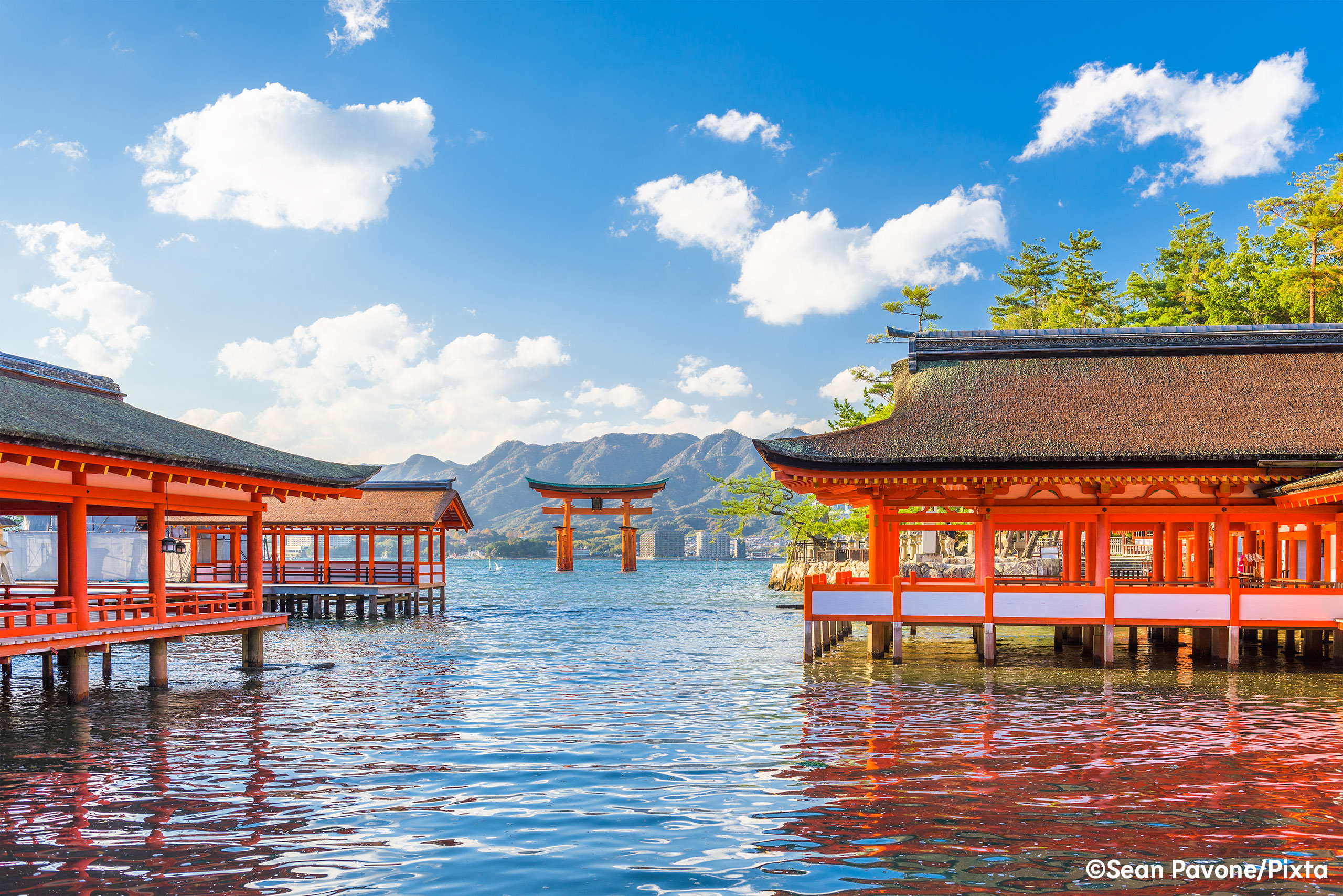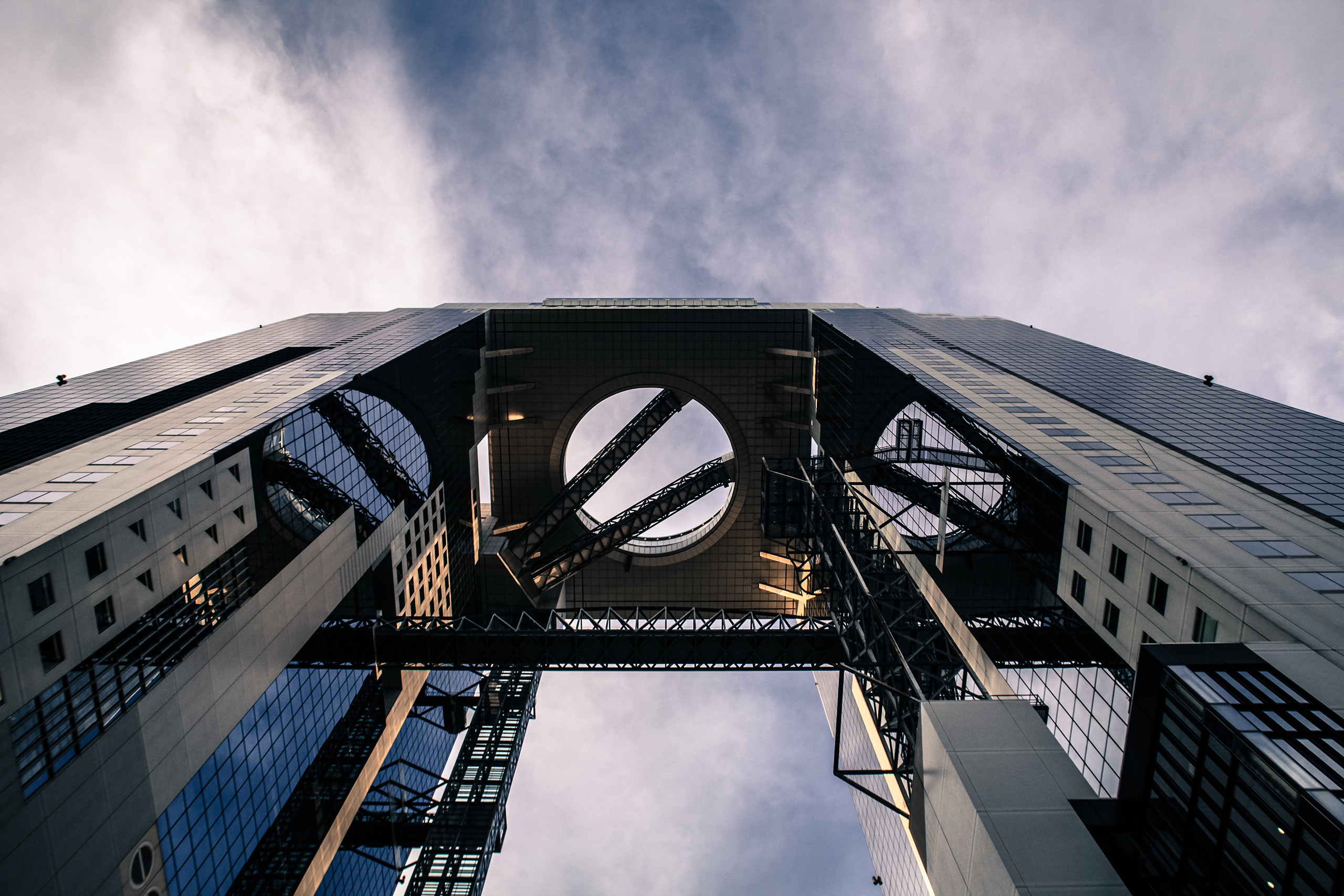
Hiroshima
What do you think of when you think of Hiroshima? Delicious, noodle-based layered pancakes? Retro streetcars trundling through the streets? World Heritage shrines and friendly deer?
Probably not — but we do. For most non-Japanese, the name Hiroshima means only one thing, but ask a Japanese person what defines the city and they’ll probably say something quite different.
For a start, they might mention its famously warm and passionate people — exemplified by its baseball mega-fans, known for their non-stop singing, cheering and dancing. They might mention okonomiyaki: Hiroshima’s famous, noodle-based rival to Osaka’s signature savoury pancake. It’s more or less a given that they’d mention Miyajima Island and its World Heritage Shrine, just 15 minutes’ boat ride across Hiroshima Bay. There’s also a good chance they’ll throw in the superb sake festival in nearby Saijo, or the delicious local oysters, or the beautiful castle and stunning landscaped gardens.
We’re not suggesting that you ignore Hiroshima’s history. The Peace Park and Memorial Museum is a study in how to reckon with collective trauma, and learning how quickly Hiroshima dusted itself off and started rebuilding after the bomb will give you a whole new respect for the local spirit. Just remember that it’s only one aspect of one of Japan’s most vibrant, friendly and cosmopolitan cities — because Hiroshima knows how to party with the best of them.

